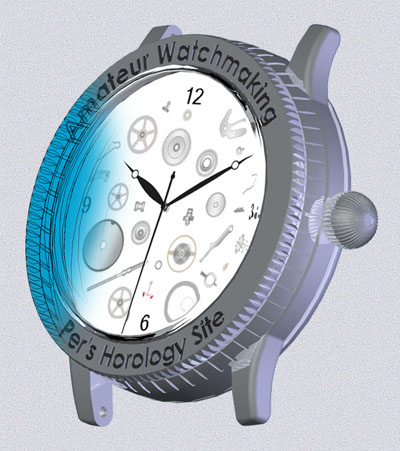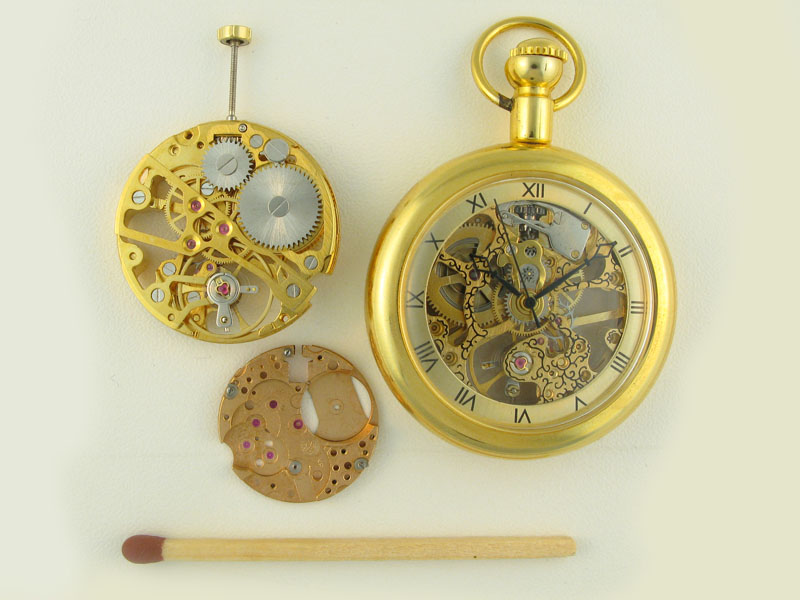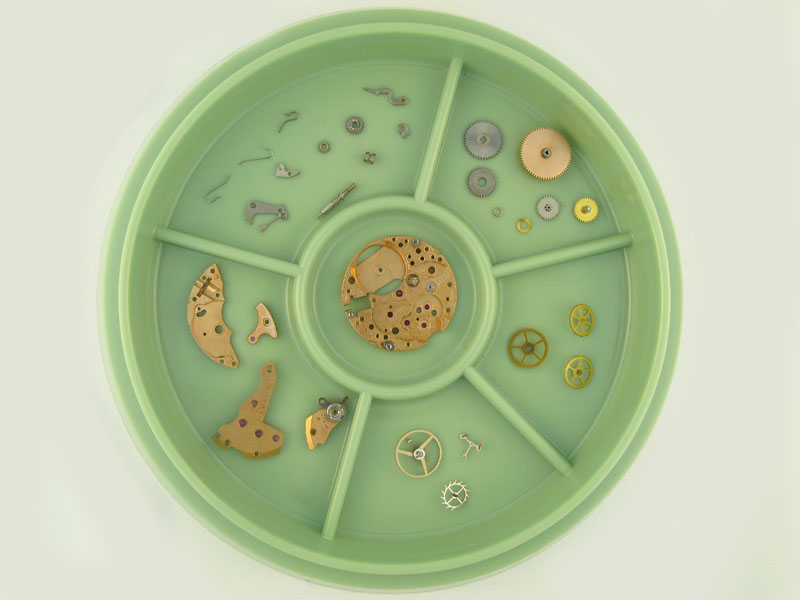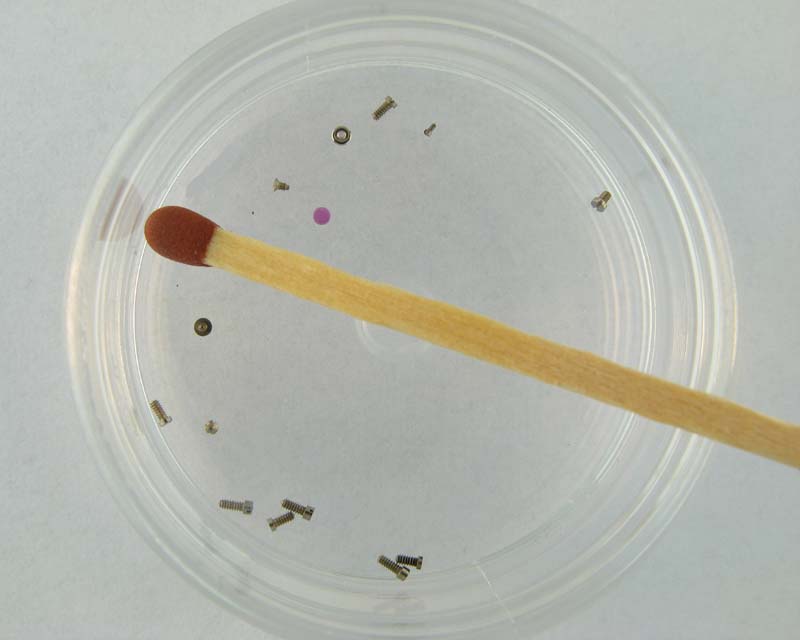|
Welcome to Per's
Horology Site!
|
|
This is the
new
part of Per's Horology Site. Here can all parts and functions of a classical
movement be found
The pictures are taken with a Canon
PowerShot G9!
My book is now available again!
ORDER
HERE!
|
|
The basic functions of the movement:
- The Keyless Works
- The Wheel Train
-
The Escapement
-
The Balance
-
The Motion Works
-
The Bridges and Cocks
- The Hands
and Dial
All parts of a classical
movement
Site and
Movement overview
Back to main part of Per's Horology Site
|

|
| This site is done just for
pleasure - mine - and hopefully yours! The intention has not been to make
a complete watchmaking lecture. Rather it is a broad overview what's in a
classical watch movement and to some extent how the different parts work
together. |
|
 |
In the above figure, the two movements are
shown, that are used in this site , the upper two are front (naked) and
back (in a casing) views of the movement from an inexpensive skeleton
watch. The lower one is the main plate of a higher quality movement,
identified as an AS1727 movement from 1965. It has the following
specifications: manual wind, sub-second, 8.75''', diameter = 19.4 mm,
thickness = 3.45 mm, 17 jewels, f = 21 600 A/hr, power reserve = 41 h.
The size of the movements are all rather small compared to a standard
Swedish match.
|
|
 |
|
This figure shows all the parts in the AS
1727 movement. In the center is the main plate, top right is the
mainspring and motion works, next (cw) is the three wheel train wheels
followed by the escapement/balance parts, the bridges and cock, and
finally the keyless works parts.
|
|
 |
|
Finally, this figure shows all the screws in
the AS 1727 movement as compared to the standard Swedish match! As can
be seen some of the screws are very small and hence challenging to
handle. The purple dot is one End Stone. |
|
|
|
Be carefull in there ;)
/Per |
|
|
|
December 2007 |
|
|



